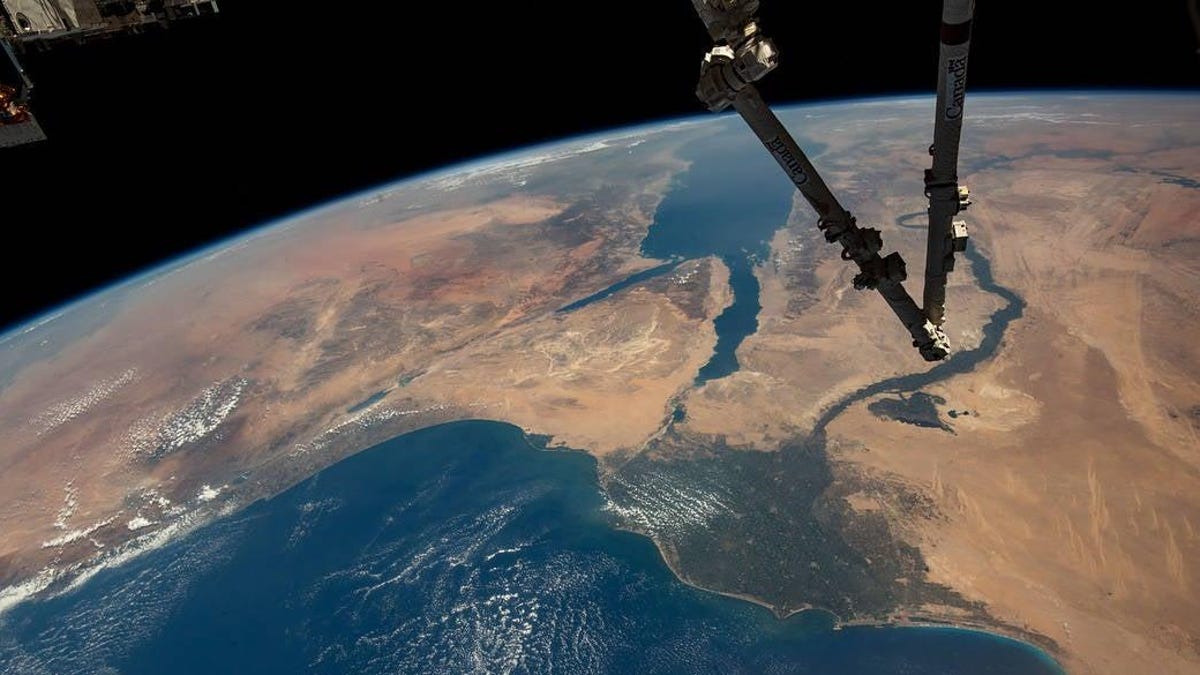With four damaged underwater cables in the Red Sea, telecommunication providers are now looking to the skies for connectivity. Satellite operators are lending their space-based connectivity to reroute internet traffic, suggesting that a hybrid system combining underwater and orbital internet might be the best approach moving forward.
Earlier this week, four out of 15 communication cables were cut, disrupting network traffic that flows through the Red Sea. The damaged cables affected 25% of traffic between Asia, Europe, and the Middle East, according to Hong Kong telecoms company HGC Global Communications. The cause of the damage is still unknown, and the company is working on a fix, which it referred to as an “exceptionally rare occurrence.” Although HGC did not reveal the cause behind the damaged cables, a U.S. National Security Council spokesperson blamed it on the anchor of a cargo ship that was sunk by the Houthi group in Yemen. The Houthis, however, issued a statement denying its involvement.
Regardless of the cause, satellite companies have stepped up by beaming connectivity from space to reroute some of that impacted traffic. Satellite operators such as Intelsat are providing back up connectivity to fill in the gaps for the severed cables, SpaceNews reported.
Intelsat has a fleet of 52 communication satellites in orbit, providing broadband internet and offering airline passengers inflight connectivity. Other companies, like Eutelsat OneWeb, SES, and, more famously, SpaceX are also in the business of beaming connectivity from Earth orbit.
The recent incident, although rare, does offer a glimpse into what a hybrid connectivity solution would look like, providing internet from both underwater cables, as well as orbital satellites. Subsea customers, or those getting internet from both ends, can restore their connectivity within 15 minutes should there be an issue with a terrestrial provider, Rhys Morgan, regional vice president for Intelsat, told SpaceNews.
It’s not clear how long it will take to fix the underwater cables, but experts told CNN it could take up to eight weeks. During that time, satellites are left picking up the slack, and maybe they could still be useful even without the need for emergency intervention.
For more spaceflight in your life, follow us on X (formerly Twitter) and bookmark Gizmodo’s dedicated Spaceflight page.

